Why Exercise Works
When you live with MS, exercise and physical activity can have profound effects on your overall well-being.
Exercise and physical activity have been proven to improve health by helping:
- Prevent or manage vascular health conditions, such as elevated blood pressure, cholesterol, and diabetes. These conditions can speed MS progression and shorten your lifespan.
- Manage MS symptoms, including fatigue, mood changes, spasticity (stiffness), muscle weakness, balance or walking problems, and bowel and bladder function.
- Boost your mood, which can have an ongoing positive effect on your health.
Especially when it comes to certain MS symptoms, exercise can be a powerful tool. For example, aerobic exercise can improve your stamina and reduce fatigue, stretching can increase your flexibility and comfort, and staying active can help improve your cognition.
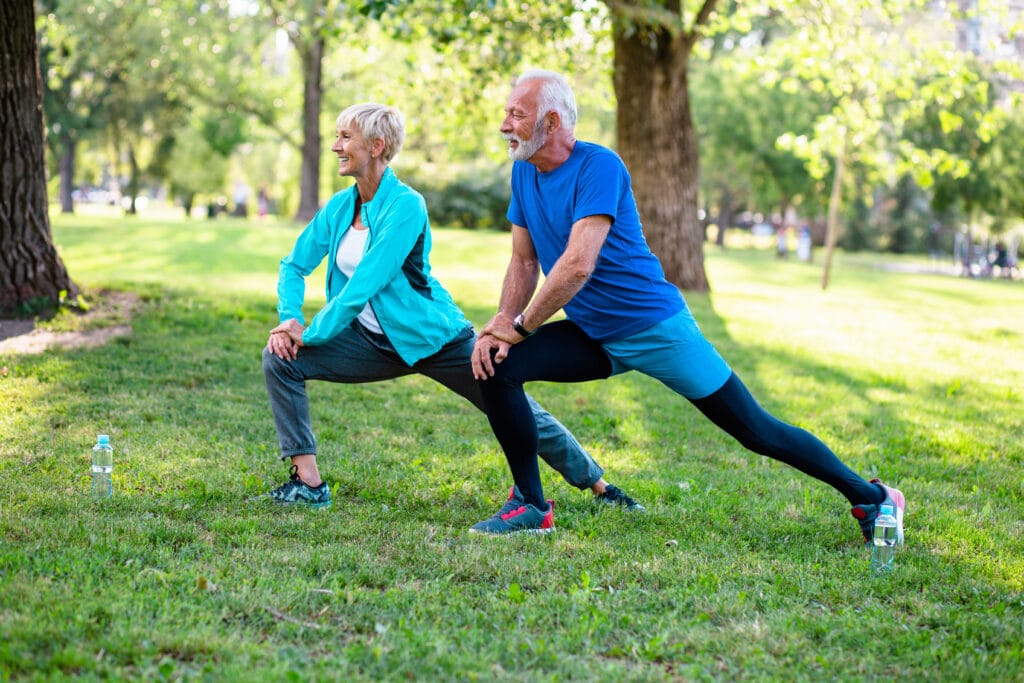
Defining Exercise and Physical Activity
Both exercise and the physical activities of your day-to-day life can be beneficial for your health and wellbeing.
Exercise
Specific, structured movement with an intended goal or purpose.
Physical Activity
All of your movement throughout the day.
Exercise Recommendations for People with MS
A great goal is to reach 150 minutes of moderate-intensity activity per week, regardless of your ability level.
This is the National MS Society’s recommendation for people with MS based on published research and the expert advice of MS-specialist neurologists, physical therapists, and exercise professionals.
Before you begin any new activities, check with your healthcare provider for safety tips, recommendations, or guidance on what to do or not to.
If 150 minutes per week sounds impossibly high, remember that all your daily activities count, including going up and down stairs, making the bed, loading the washing machine, getting dressed, and walking the dog.
Making Your Movement Count
MS makes your energy a precious resource.
You don’t want to waste valuable energy on movement that doesn’t matter. As you decide how to spend your energy throughout the day, keep your goals in mind.
Each day may be different than others.
- One day, your physical activity goals may be spending time with loved ones, taking a walk, and playing a game.
- Another day, you may have lower energy levels, and you may complete a few chores and a light workout.
- On a different day, you might be able to focus your energy on functional fitness. You can perform a workout to help you with specific MS-related goals, for example:
- Feeling less fatigued
- Being able to walk longer distances
- Getting in or out of a chair more easily
- Reducing your risk of falls
Remember, exercise and physical activity are for both fitness and function.
Creating a Structured Exercise Program For Yourself
A structured exercise program for people with MS includes four primary elements: flexibility, balance/coordination, strength, and aerobic capacity.
Your unique needs and goals will determine which elements of exercise need more or less attention.
Aerobic Exercise
Aerobic exercise, or cardiorespiratory exercise, helps to build the strength and endurance of your heart and lungs.
- Improving aerobic exercise can be a great ally when trying to combat MS fatigue.
- Aerobic exercise also has been shown to have a positive effect on mood and cognitive challenges resulting from MS.
Like other forms of exercise, aerobic exercise can be adapted to your abilities.
- Choose what is fun and comfortable for you – something like:
- Hand cycling
- Recumbent bicycling
- Swimming
- Walking independently or with a mobility aid
- Using a mobility aid may help you do more, longer, which can help you build your overall fitness!
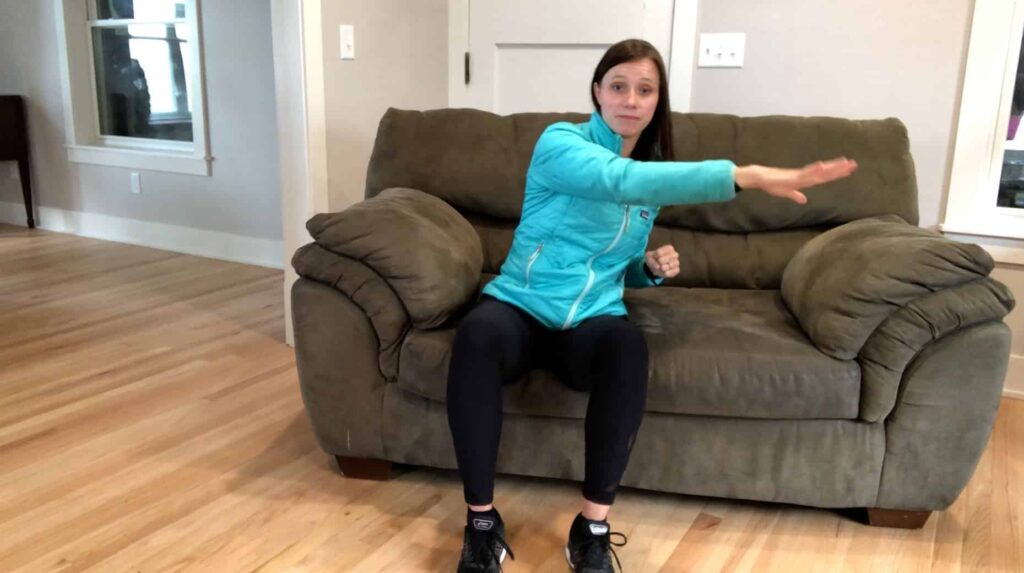
Flexibility and Range of Motion
Flexibility or stretching exercises can help to improve range of motion (ROM) of your muscles and joints. They can also help to address MS symptoms such as muscle spasms, tightness, or spasticity/stiffness.
- Exercises for flexibility can be completed independently or with a partner, with or without tools.
- A physical therapist can help you prioritize the flexibility exercises that are most helpful for improving your function.
- For example, calf muscle tightness often exacerbates drop foot; a calf stretch can help.
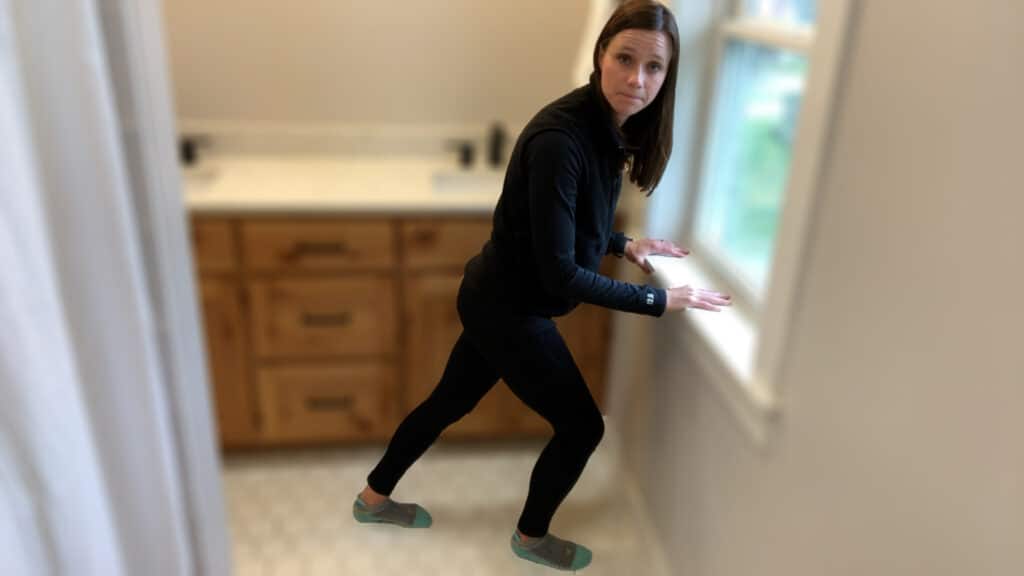
Balance and Coordination
Balance and coordination exercises are helpful in improving stability during sitting, standing, or walking movements.
Your balance consists of input from your eyes, inner ear, and muscles and nerves in your trunk and legs. The brain and spinal cord synthesize this information to provide a message back to the body. Since MS affects your central nervous system and its ability to transmit messages in the body, it often affects balance and coordination.
- The #1 benefit of balance exercises is their potential to reduce your risk for falls.
- One example of a balance exercise is sitting or standing on a cushion.
- Another example is vestibular exercise, in which you keep your vision steady while you turn your head or body.
Exercises for balance and coordination are highly individualized. They require the expertise of a physical therapist, who will help you identify the areas of balance you need to work on and their corresponding exercises.
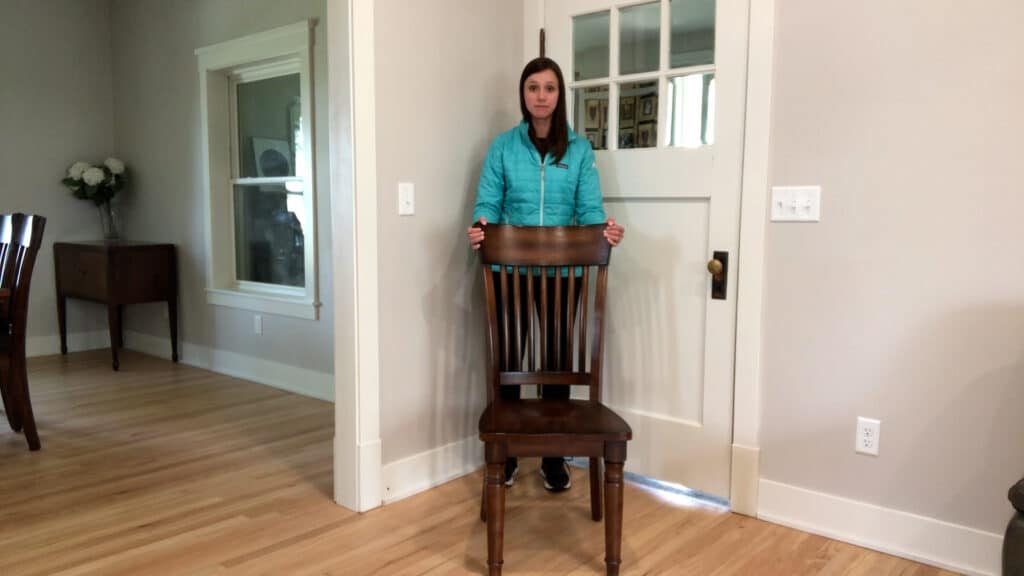
Strength and Endurance
- Resistance training exercises can help improve muscle strength (the force a muscle can exert) and endurance (the sustained ability of a muscle to exert force).
- This can benefit your posture, walking, and daily activity movements, such as getting out of a car or carrying groceries.
Resistance exercises can include equipment, but don’t necessarily have to.
- Push-ups, planks, and mini squats are examples of exercises that are functionally beneficial but don’t require equipment.
- Alternatively, you can use resistance bands, free weights, or weight machines for more effort.
A physical therapist or an exercise specialist who understands MS can help you to identify which exercise and techniques can be most helpful for you!
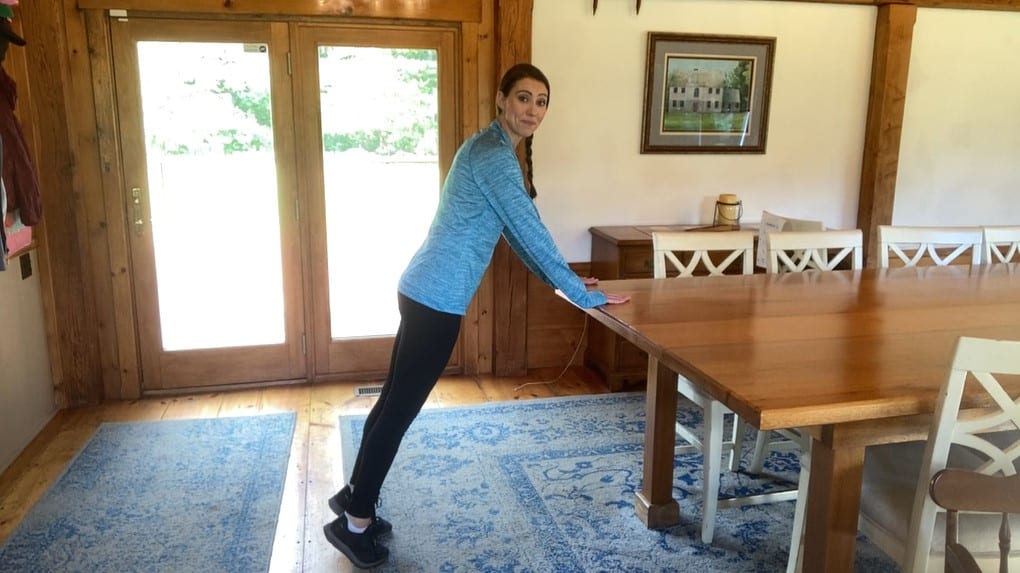
Sticking with Your Exercise Goals
As you get started, take it slowly and build up gradually. Try to reach a moderate level of intensity – which is different for every person. Remember, the exercise that’s most effective is the one that you’ll stick with.
Living with MS, you face much bigger obstacles to sticking with a physical activity regimen than the average person without MS. Some days, you wake up and simply don’t have the energy because of MS fatigue, hot weather, a busy day before, or just feeling discouraged.
If particular symptoms like pain, weakness, or stiffness are getting in the way, be sure to talk with your healthcare team about strategies to feel better.
With time, you’ll learn to differentiate between days when you truly need to take it easy and days when it’s OK to push yourself a bit. The thing to keep in mind is that there’s no downside. Exercise and physical activity will help you feel stronger and more energized.
Tips To Help You Get Started or Get Back in the Groove

Listen to your body.
If you need a day to rest and recover, that’s OK – you can start up again tomorrow.
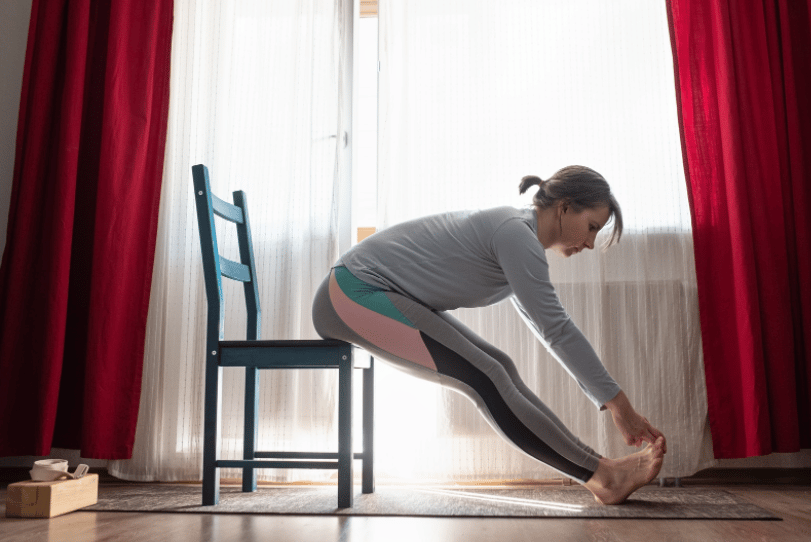
Sprinkle short workouts throughout your day.
Mini workouts—just a minute or so at a time—can help you reach your daily activity goals.
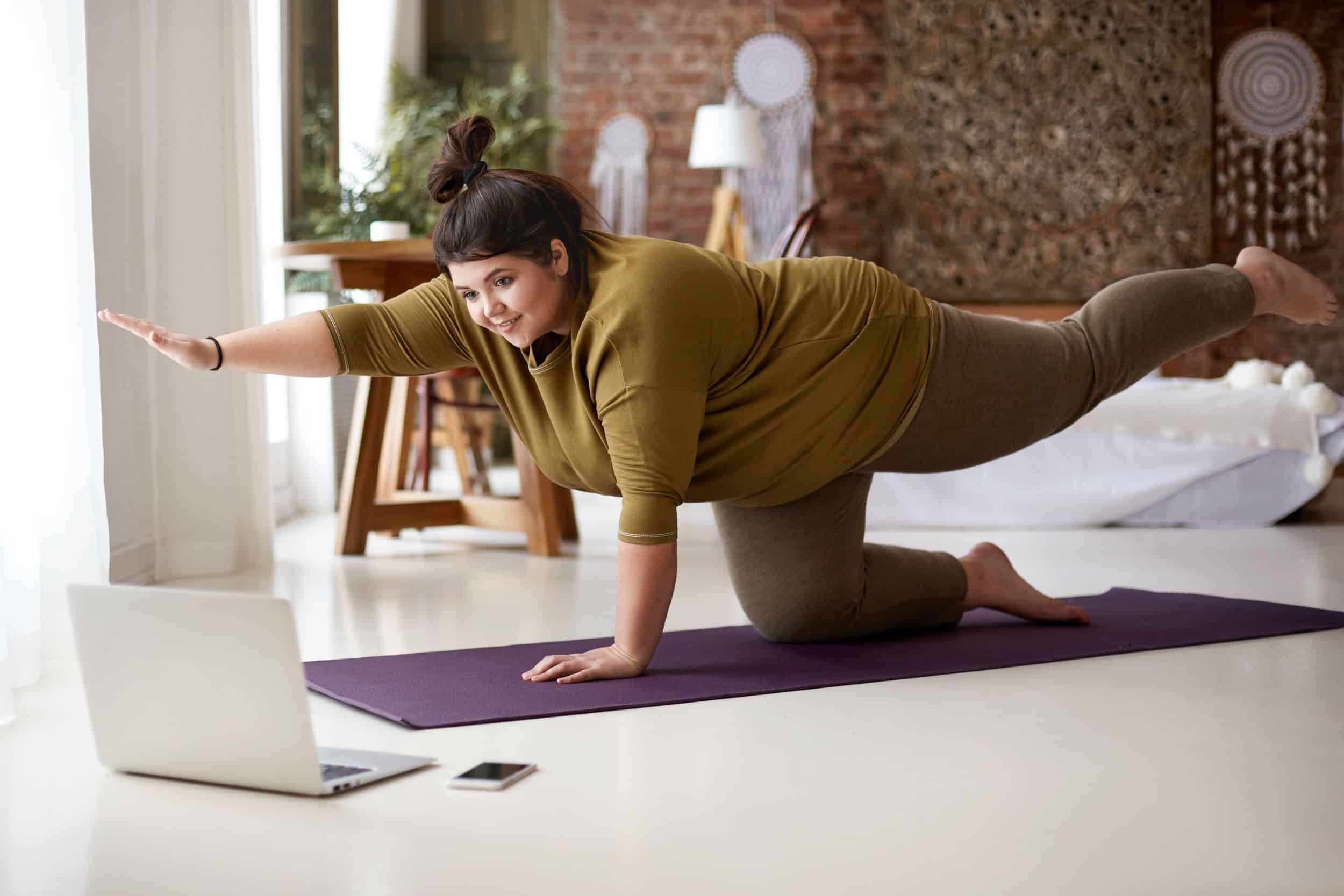
Have a menu of exercise and activity options.
With a list on hand of different workouts, movements, and activities, you can choose what feels best for you on any given day. All of the options on that menu should be appropriate for your ability level and effective for your goals—just requiring various time or energy levels.
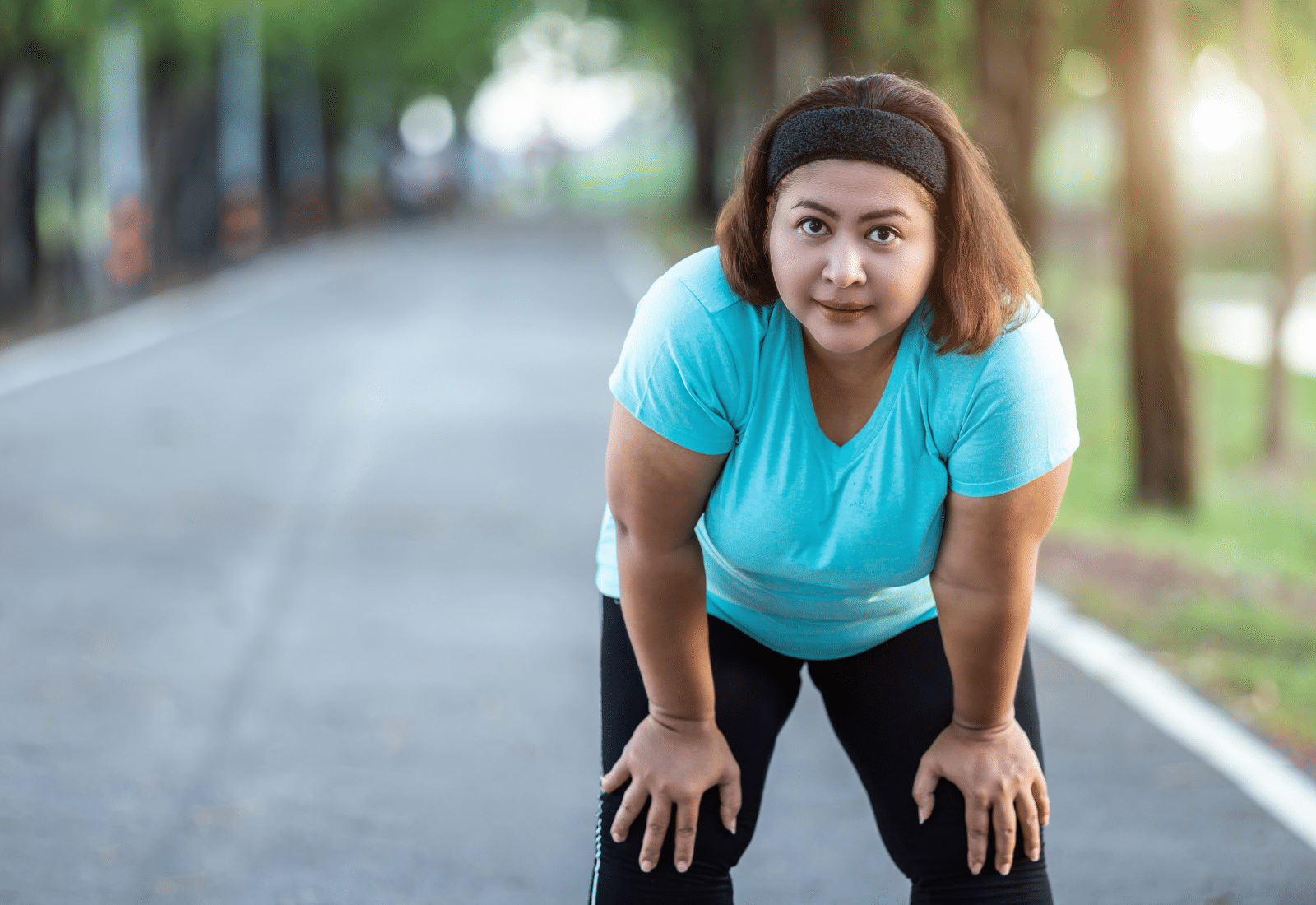
Follow the 2-hour rule.
If you haven’t returned to your pre-workout baseline within 2 hours, then you have done too much.
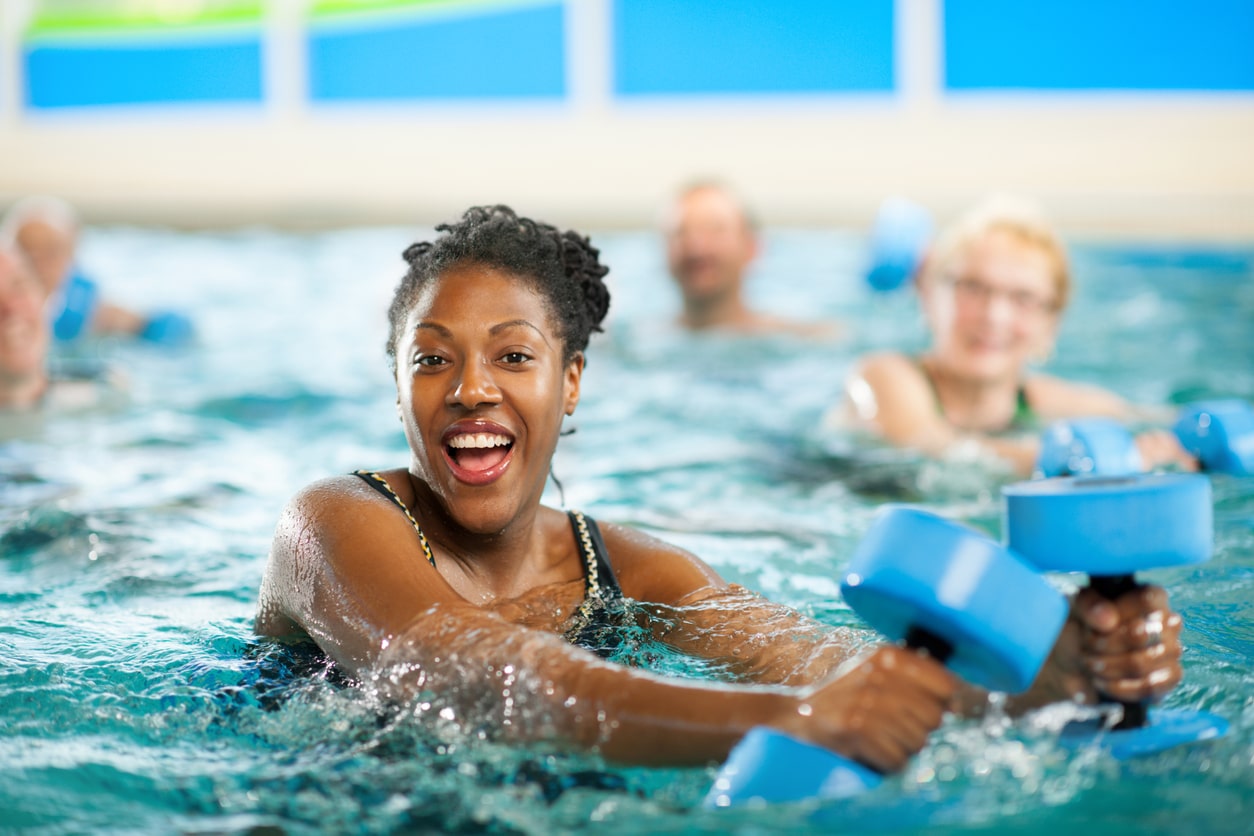
Keep cool.
As little as a 0.1-degree decrease in body temperature has been shown to improve exercise tolerance, performance, and recovery. Use cooling strategies before, during, or after exercise.

Find your cheerleaders.
We all need support and encouragement to stay motivated.
Track your progress, enjoy your successes, be forgiving of your lapses, and keep moving!
Keep Learning
Explore All Exercises
Get started with short exercise videos and full-length workouts for MS.
Explore All ExercisesJoin the MS Moves® Program
If you’re ready for a fitness program designed with you in mind, join us for MS Moves. We’ll help you build an exercise routine and stick to it!
Get Started


